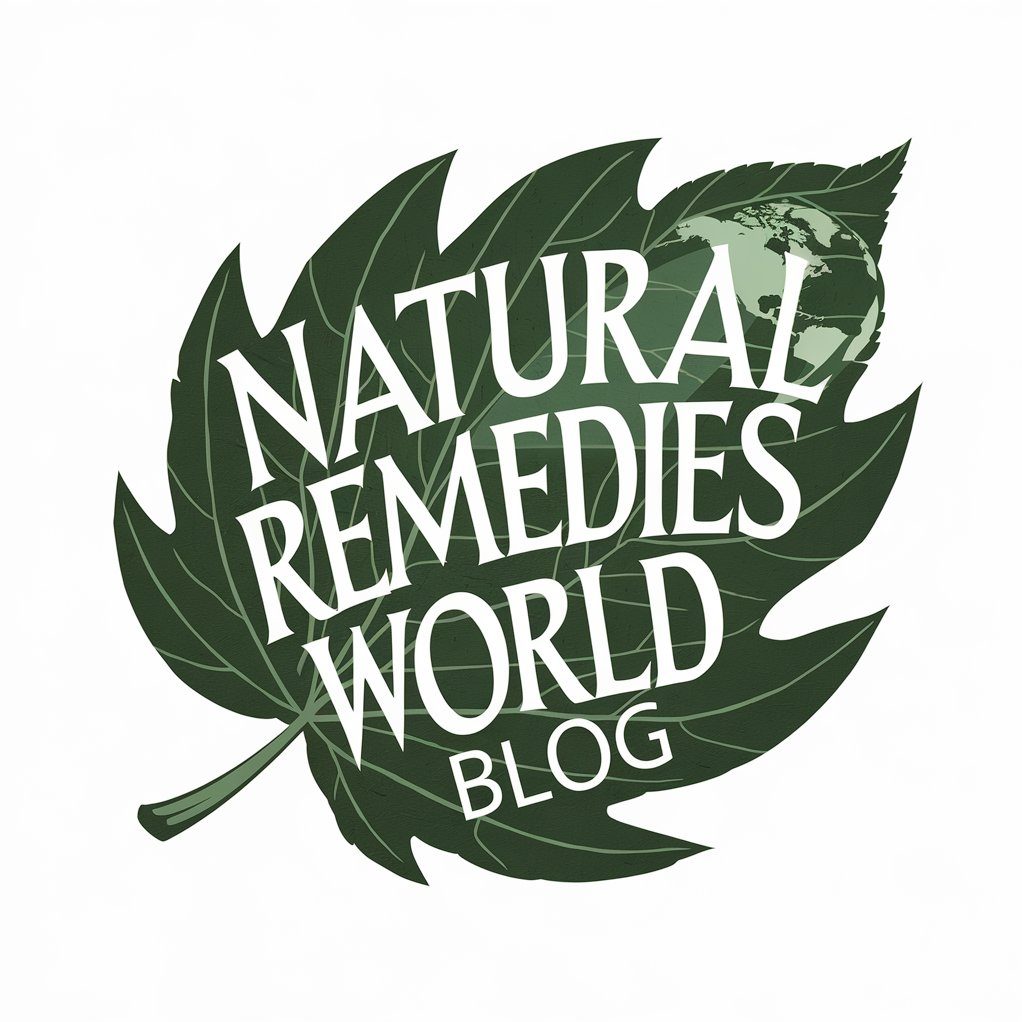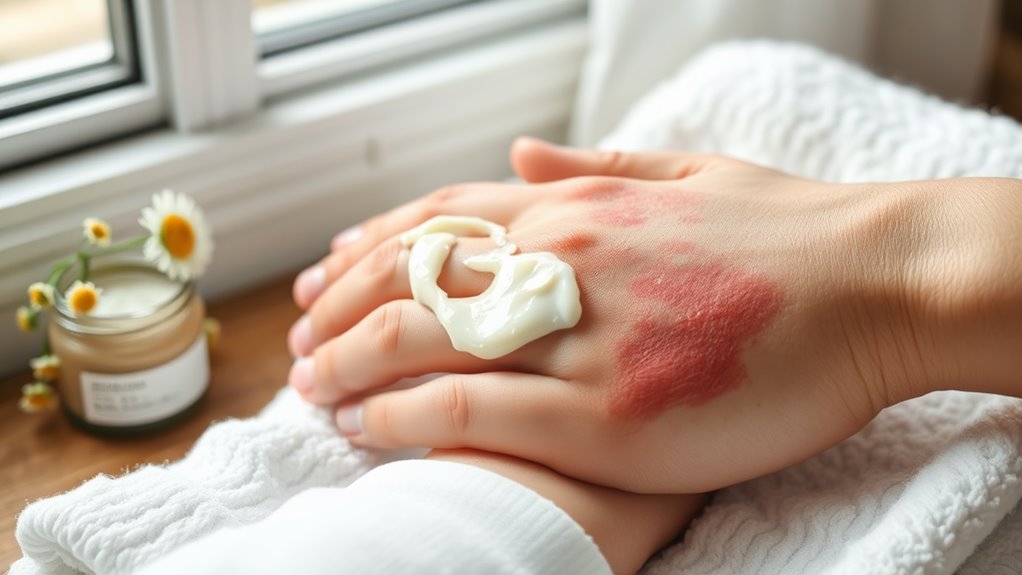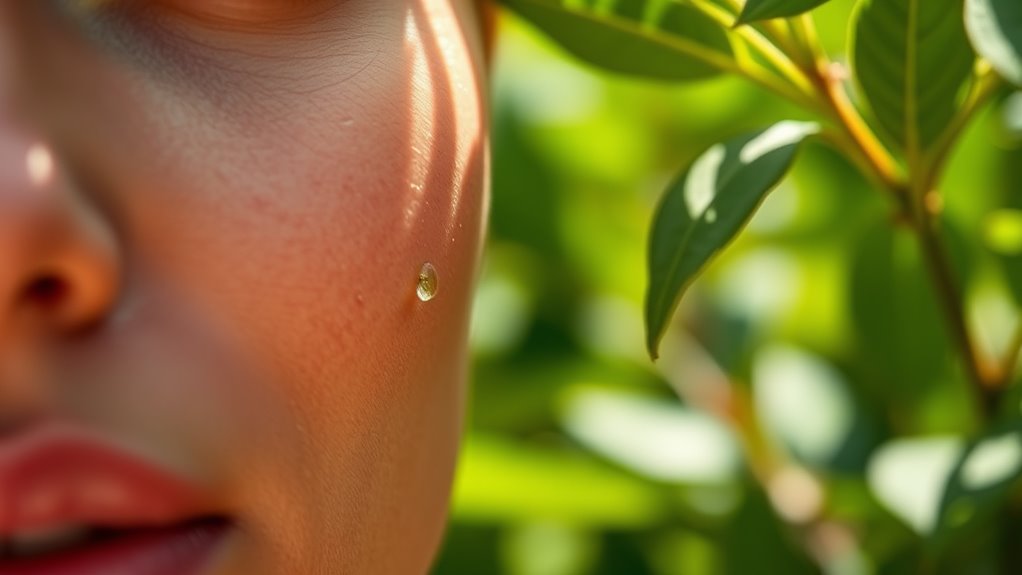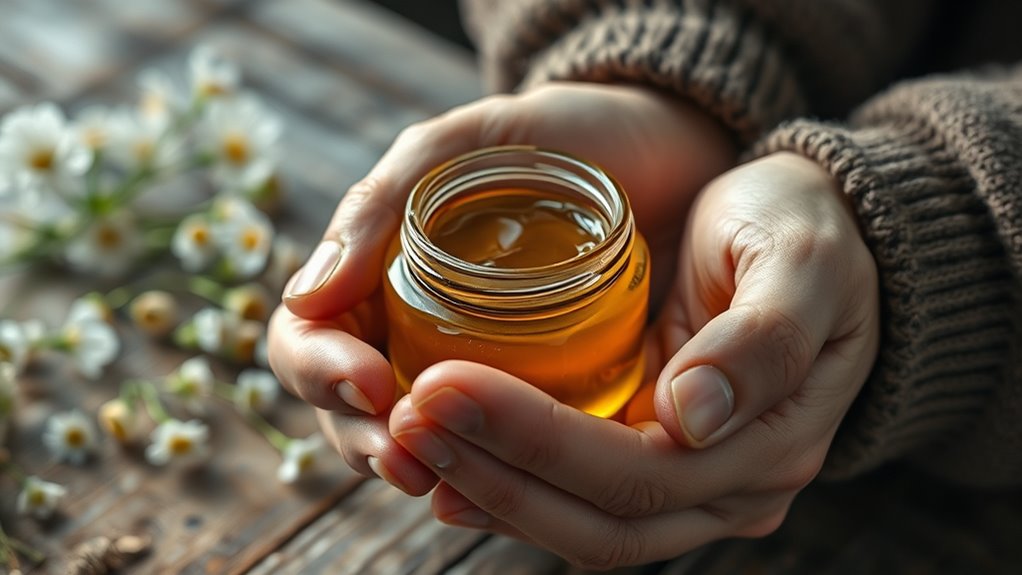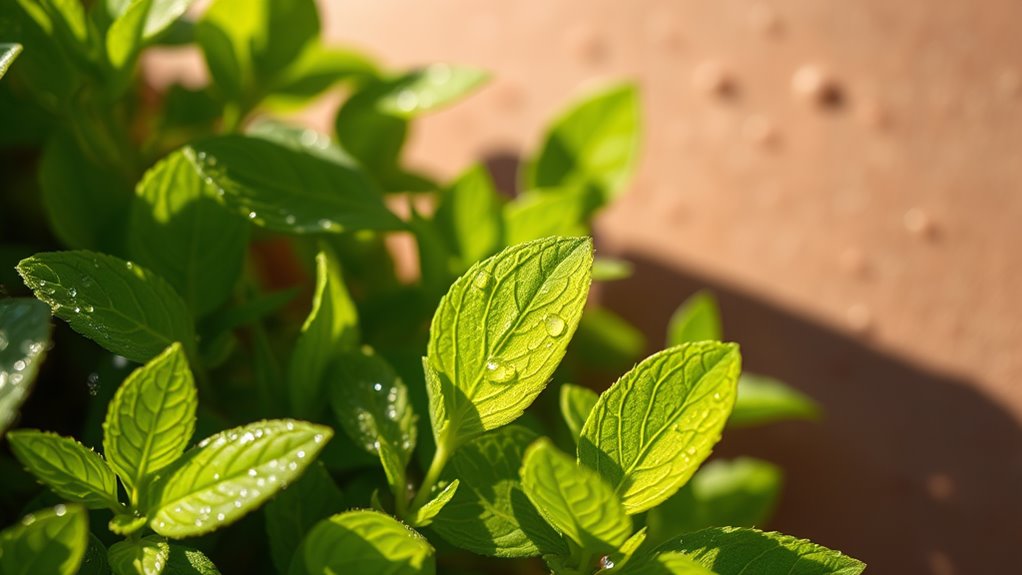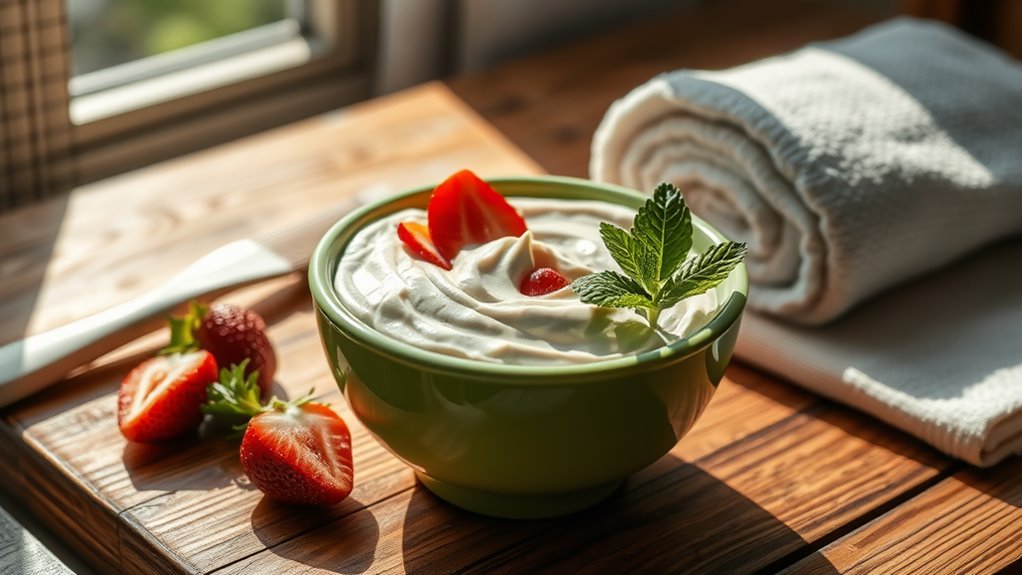Eczema Nightmare. This Soothing DIY Balm Is the Ultimate Fix!
If you’re facing an eczema nightmare, this soothing DIY balm could be your ultimate fix! Start by mixing beeswax, coconut oil, and shea butter, which work together to moisturize and heal your skin. Adding calming essential oils like lavender enhances the balm’s soothing effects. By applying it correctly and regularly, you can maintain skin hydration and prevent flare-ups. Want to discover more about managing eczema and its triggers? There’s plenty more to explore!
Understanding Eczema and Its Triggers
Eczema is more than just a skin condition; it’s a chronic issue that can significantly impact your daily life. You might feel frustrated as you navigate flare-ups, itching, and the search for relief.
Understanding your triggers is essential for managing this condition. Common triggers include stress, certain fabrics, and even changes in weather. You’re not alone in this journey; many people share similar experiences with eczema.
By identifying your triggers, you empower yourself to create a more comfortable environment. Whether it’s adjusting your skincare routine or modifying your diet, small changes can lead to big improvements.
Embracing a supportive community can also help you feel less isolated, reminding you that together, you can find effective solutions for your eczema challenges.
Essential Ingredients for Your DIY Balm
Finding relief from eczema often means turning to natural remedies that soothe and nourish your skin.
To create your DIY balm, start with a base of beeswax or shea butter, both known for their moisturizing properties. Add coconut oil for its antibacterial benefits and to lock in hydration.
Essential oils like lavender or chamomile can provide calming effects and a pleasant scent. Consider incorporating vitamin E oil, which helps repair skin and acts as a natural preservative.
Each of these ingredients plays a vital role in creating a balm that not only feels good but also promotes healing.
Step-by-Step Guide to Making the Balm
Creating your own soothing balm is easier than you might think. Start by gathering your essential ingredients, like beeswax, coconut oil, and shea butter.
Melt the beeswax and oils together in a double boiler over low heat until fully combined. Once melted, remove it from the heat and stir in any optional essential oils for added benefits.
Pour the mixture into small containers or jars and let it cool completely. This process not only provides you with a personalized balm but also connects you to a community of others seeking relief from eczema.
You’re not alone in this journey, and making this balm is a step toward taking care of yourself. Enjoy the satisfaction of creating something that truly helps!
Application Techniques for Optimal Relief
To maximize the benefits of your soothing balm, it’s essential to apply it correctly. Following these techniques can help you find optimal relief and foster a sense of community among those who share similar struggles:
-
Cleanse your skin: Always start with clean, dry skin to ensure the balm adheres properly.
-
Use warm fingers: Gently warm the balm between your fingers before application to enhance absorption.
-
Apply in thin layers: Start with a small amount and gradually build up as needed, avoiding a thick layer.
-
Massage gently: Use circular motions to massage the balm into your skin, promoting circulation and relaxation.
-
Be consistent: Regular application helps maintain moisture and prevents flare-ups, creating a routine that brings comfort.
You’re not alone in this journey; together, we can find relief!
Additional Tips for Managing Eczema
While managing eczema can feel overwhelming at times, incorporating a few additional strategies can make a significant difference in your comfort and skin health.
First, stay hydrated by drinking plenty of water; this helps maintain your skin’s moisture barrier. Next, wear soft, breathable fabrics like cotton to minimize irritation.
You should also avoid harsh soaps and opt for gentle, fragrance-free cleansers instead. Establish a consistent moisturizing routine, applying your balm right after bathing to lock in hydration.
If you notice flare-ups, try to identify triggers, such as certain foods or environmental factors, and adjust accordingly.
Finally, don’t hesitate to reach out to others who understand your journey; sharing experiences can offer support and strengthen your sense of community.
Benefits of Using Natural Remedies
Natural remedies offer a gentle alternative to conventional treatments, often providing relief without the harsh side effects that some medications can cause.
By choosing natural options, you not only care for your skin but also nurture your overall well-being. Here are some key benefits:
-
Gentle on Skin: Natural ingredients tend to be less irritating, perfect for sensitive skin.
-
Nourishing Properties: Many botanicals are packed with vitamins and minerals that support healing.
-
Holistic Approach: They address underlying issues, promoting overall health rather than just symptom relief.
-
Sustainability: Using natural products can reduce your environmental footprint.
-
Community Connection: Sharing recipes and experiences builds a supportive network of like-minded individuals.
Embracing these remedies can create a sense of belonging and empowerment in your healing journey.
Frequently Asked Questions
Can I Store the Balm Long-Term?
Yes, you can store the balm long-term. Just keep it in a cool, dark place to maintain its effectiveness. Make sure the container’s airtight to prevent contamination and preserve its soothing properties for your needs.
Is This Balm Safe for Children?
Yes, this balm’s generally safe for children, but you should always check the ingredients for any potential allergens. If you’re unsure, consult a pediatrician to ensure it’s suitable for your little ones.
How Often Should I Apply the Balm?
You should apply the balm as needed, usually two to three times a day. Listen to your skin, and if it feels dry or irritated, don’t hesitate to reapply for that soothing relief you deserve.
Can I Use This Balm on Broken Skin?
You shouldn’t apply the balm on broken skin, as it might cause irritation. Instead, let your skin heal first. Once it’s better, you can use the balm for soothing and nourishing those areas effectively.
Will This Balm Stain My Clothes?
Yes, this balm can stain clothes if it spills or isn’t fully absorbed. To avoid that, apply it sparingly and let it soak in before dressing. You’ll feel great while keeping your clothes safe!
